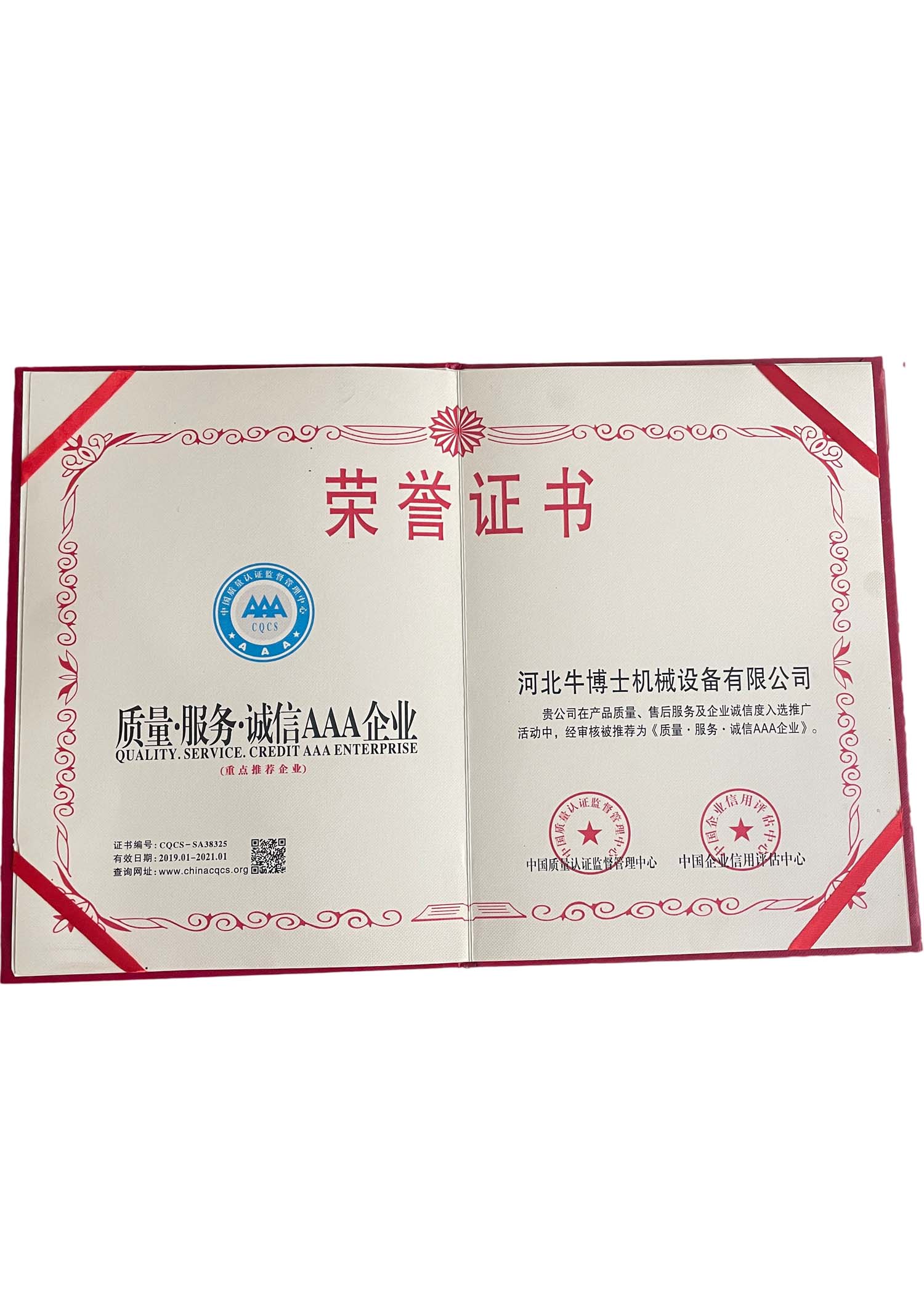corn stalk windrower
The Importance of Corn Stalk Windrowers in Modern Agriculture
In the ever-evolving landscape of agriculture, the efficiency and sustainability of crop management techniques are pivotal in maximizing yield and minimizing waste. Among the various implements that have shaped modern farming, the corn stalk windrower plays a significant role, particularly in the post-harvest management of corn crops.
A corn stalk windrower is a specialized piece of equipment designed to cut and gather corn stalks after the harvesting of corn. The primary goal of this implement is to streamline the process of managing residual biomass left in the fields. By cutting the stalks and forming them into neat rows or windrows, farmers can facilitate subsequent operations such as shredding, baling, or incorporation into the soil.
One of the key advantages of using a corn stalk windrower is its impact on soil health. By removing the excess stalks from the field, farmers can reduce the risk of disease and pests that often thrive in leftover crop debris. Furthermore, the windrowing process allows for better soil aeration and reduces compaction, promoting improved root development for subsequent crops. Additionally, the residues can be repurposed as organic matter, enriching the soil and enhancing its fertility over time.
corn stalk windrower

Efficiency is another significant advantage of corn stalk windrowers. Traditional methods of dealing with corn stalks can be labor-intensive and time-consuming. With modern windrowers, farmers can cover larger areas in a fraction of the time it would take to manually gather or burn the stalks. This not only saves labor costs but also allows farmers to reallocate their time and resources towards other critical aspects of farm management.
Moreover, environmental sustainability is an increasingly important consideration in agriculture. By using corn stalk windrowers, farmers can minimize field burning, a practice that contributes to air pollution and a loss of soil nutrients. Instead, the collected stalks can be utilized for bioenergy production, livestock bedding, or as a raw material for biocomposite materials, promoting a circular economy in agricultural practices.
As technology continues to advance, the designs of corn stalk windrowers are becoming more sophisticated, incorporating features such as adjustable cutting heights and GPS-guided systems. These innovations enhance the precision and efficiency of crop residue management, allowing farmers to adapt to varying field conditions and optimize their operations.
In conclusion, corn stalk windrowers are essential tools in modern agriculture, addressing both productivity and sustainability concerns. By efficiently managing corn residues, farmers can improve soil quality, reduce labor costs, and contribute to a healthier environment. As agriculture faces the challenges of feeding a growing population with limited resources, innovations such as the corn stalk windrower will be instrumental in driving the sector towards a more sustainable future. Investing in such technologies not only benefits individual farmers but also fosters a more resilient agricultural landscape for generations to come.
Latest news
-
When to Upgrade Your Old Forage HarvesterNewsJun.05,2025
-
One Forage Harvester for All Your NeedsNewsJun.05,2025
-
Mastering the Grass Reaper MachineNewsJun.05,2025
-
How Small Farms Make Full Use of Wheat ReaperNewsJun.05,2025
-
Harvesting Wheat the Easy Way: Use a Mini Tractor ReaperNewsJun.05,2025
-
Growing Demand for the Mini Tractor Reaper in AsiaNewsJun.05,2025







